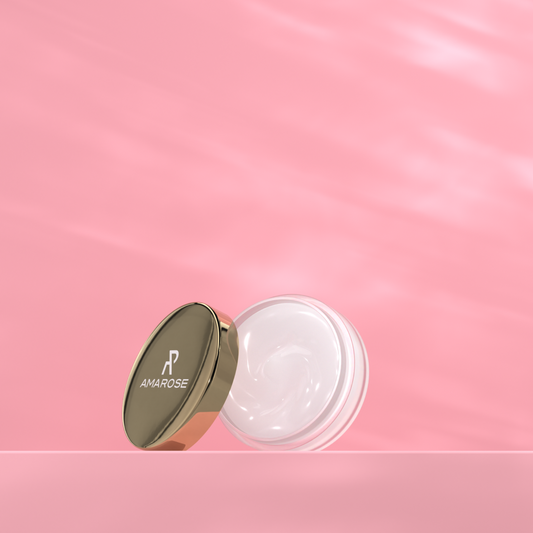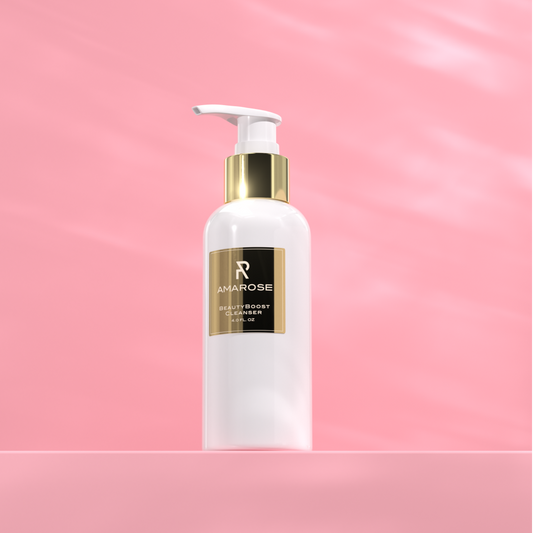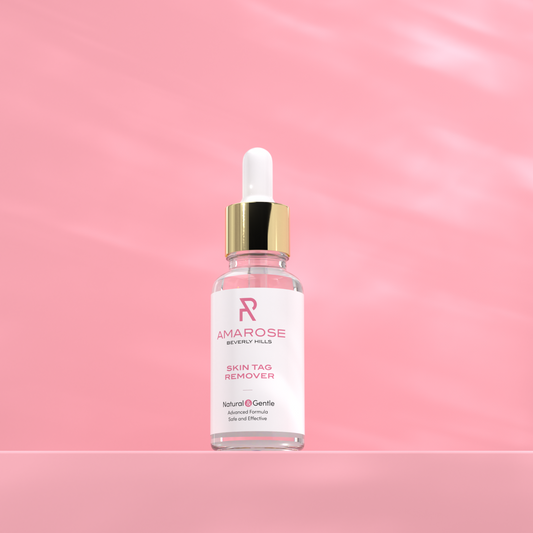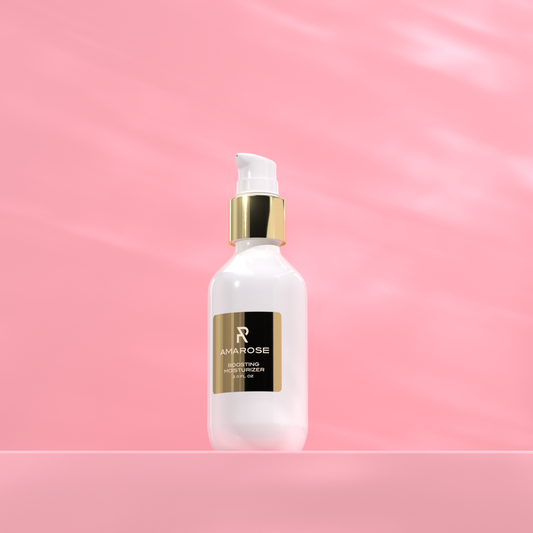

What Is Xerosis: Symptoms, Causes, and How to Avoid It?
Do you have dry skin? Is your skin permanently tight, itchy, or too uncomfortable? You may not know what xerosis is, but it is probably what is causing your skin to suffer.
Xerosis is nothing more than severely dry skin. A condition caused by various factors, such as aging, diseases like diabetes, or a deficiency in regulating the amount of water in the skin. As a result, you could see your skin become stiff, tight, flaky, and even rough in the most extreme cases.
What is xerosis, and why does it appear on your skin?
Healthy skin is able to regulate the levels of water retained between its layers, mainly by two mechanisms:
- Through the lipids that make up its protective barrier. Ceramide is a good example, being a lipid that prevents water evaporation from the deeper layers of the skin.
- Through molecules that retain water in the deeper layers of the skin, such as urea, lactate, mineral salts, amino acids, or PCA.
In normal skin, these systems function perfectly and keep the skin hydrated, which is why most people probably do not know what cutaneous xerosis is.
However, there may be internal factors in which the skin's natural moisturizing mechanisms do not function well or external factors that cause the skin to become dry on an occasional or prolonged basis.
As a result, flaking, tightness, stiffness, irritation, and itching appear on the skin.
How do I know if I have xerosis?
You may not know what xerosis is even though you are suffering from it, because it is a very common problem.
This is because, although it is caused by internal factors, there are also many external factors that predispose you to dry skin.
To identify xerosis, you only need to look at some distinctive features that can appear on any area of the body:
- Redness. The rate at which skin cells die is higher in dry skin. These accumulate in a superficial layer, thickening the skin and producing roughness.
- A feeling of skin tightness. This is due to the accumulation of dead skin cells in the superficial layer of the skin.
- Itching. The tightness of the skin produces an uncomfortable sensation that generates itching.
- Scaly skin. You will notice the shedding of flakes from your skin and even fine powder.
Skin with xerosis is prone to develop some skin conditions in the most affected areas, such as keratosis pilaris, atopic dermatitis, psoriasis, or ichthyosis.
What causes xerosis?
As we have said, the factors that cause xerosis can be internal or external.
If you want to understand this skin condition, it is fundamental to know its causes. The internal factors that cause it can be:
- Diet: a shortage of nutrients or vitamins can lead to a loss in skin quality.
- Dehydration: lack of water in the body affects all levels, including skin hydration levels.
- Age: as the years go by, the ability to retain fluids decreases, which is reflected in drier skin.
- Medications, especially diuretics, cause dehydration.
- Certain diseases, such as diabetes.
In addition, there are external factors that cause the skin to become dry and with a stiff appearance. The most common are:
- Sun exposure, which raises the rate of evaporation of water in the skin. By overdoing sun exposure, we are dooming our skin to premature aging due to dehydration.
- Environments with low humidity are very frequent in winter or extremely hot summers.
- Inadequate skin hygiene, for example, by using products that are very aggressive to the skin's protective barrier.
Habits to avoid dry skin or xerosis
Now that you know what xerosis is, you can change some habits in your day-to-day life to prevent both internal and external factors from affecting the quality of your skin.
To do this, you can start by cleansing your dry skin properly. If you have xerosis, you will find that your skin is very fragile, and therefore, this cleansing should be very gentle.
Choose a facial or body cleanser that takes care of the skin's protective barrier, as it will rebuild and strengthen it to prevent further moisture loss.
Moisturize your skin with a cream containing natural moisturizing factors such as urea or ceramides. Exfoliating factors will also be very useful to help remove the layer of dead skin cells deposited on the surface of the skin, which can help eliminate roughness.
With a good moisturizer, you are further strengthening your skin's protective barrier so that it can retain moisture, and you are also nourishing it with ingredients that deliver moisture to the deeper layers of the skin for hours.
Knowing what xerosis is, makes it much easier to remedy and prevent it with the right care. Pamper your skin as much as you can, because what you do for it today will be reflected in its future appearance.



